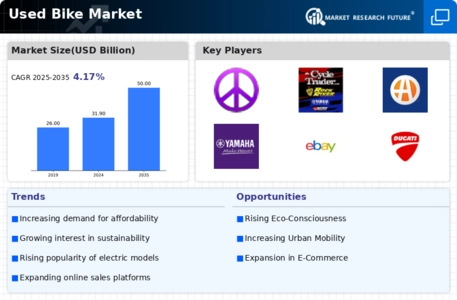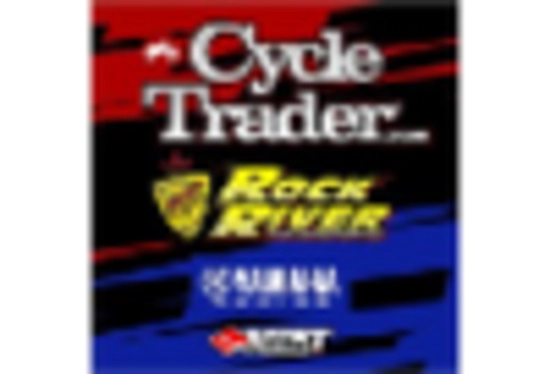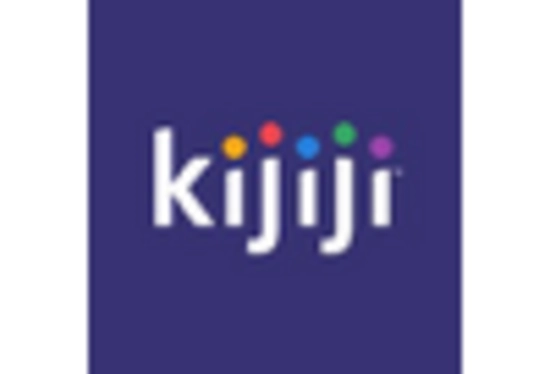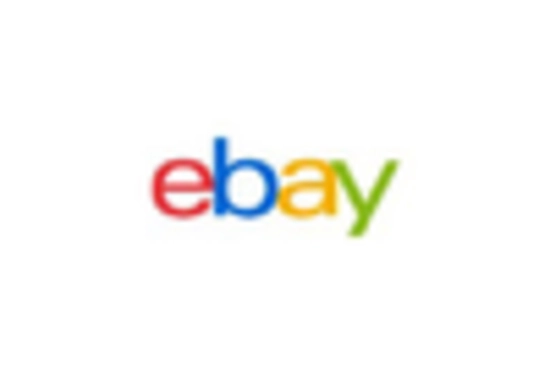Market Trends
Key Emerging Trends in the Used Bike Market
In a used bike market which is characterised by dynamism, companies employ numerous market share positioning strategies which help them to retain and boost their positions within the industry. One of the most widely used strategies is "cost leadership" where businesses aim at being priced lower than their competitors. This can attract customers hunting for a good bargain and later on the company is regarded as a cheap competitor. Nevertheless, being a cost leader generally necessitates lean production along with supplier negotiations and planning the logistics in an economical manner to keep the costs at a minimum.
The third approach is differentiation, where the used bike companies are trying to establish their bikes with a difference in quality, features or the branding. Marketers highlight the aspects like resilience and design or unique agreements with world-famous brands in order to make the product more appreciated and so its value is higher. This strategy aims at the consumers who may not mind paying a premium for the features they value.
In the used bike market as well being such as niche segments too plays a big role. Firms could decide to concentrate on a specific kind of bikes, for example, retro bikes, top performance bikes or e-bikes. This is beneficial for them because they can actually satisfy a community that is distinct in its preferences. Positioning one’s brand in the niche provides the base to create a loyal audience and moderating the effects deriving from the competition in wider markets.
Moreover, geographical or regional placement is a key factor to determine success in the used bike market. Firms may decide to focus their business in locations with particular demographic characteristics, climate or favourable to their product on culture. Knowing the peculiarities of the local region is a necessary step for businesses to adapt their product and marketing approaches to the local inhabitants. Through such a localized commitment, you can foster deeper customer connection, as well as build a real brand loyalty.
Moreover, some businesses tend to impose a customer-focused policy by furnishing quality services, warranty programs, or customer loyalty benefits. By striving for customer retention, businesses target ongoing connections and loyal customers who come back. The development of positive word-of-mouth, as well as customer reviews that are written in a positive manner become strategic in this plan and create a brand that is attractive to potential buyers.
The collaborative approach also involves that companies work together through partnerships, joint ventures, or alliances. They would need partners like dealerships, repair shops or online platform so that their customer reach is multifaceted and they are able to provide complete solution to the customer. Such cooperations can help in creating a bigger network, higher visibility, and competitive edge in the small used bikes market niche.


















Leave a Comment